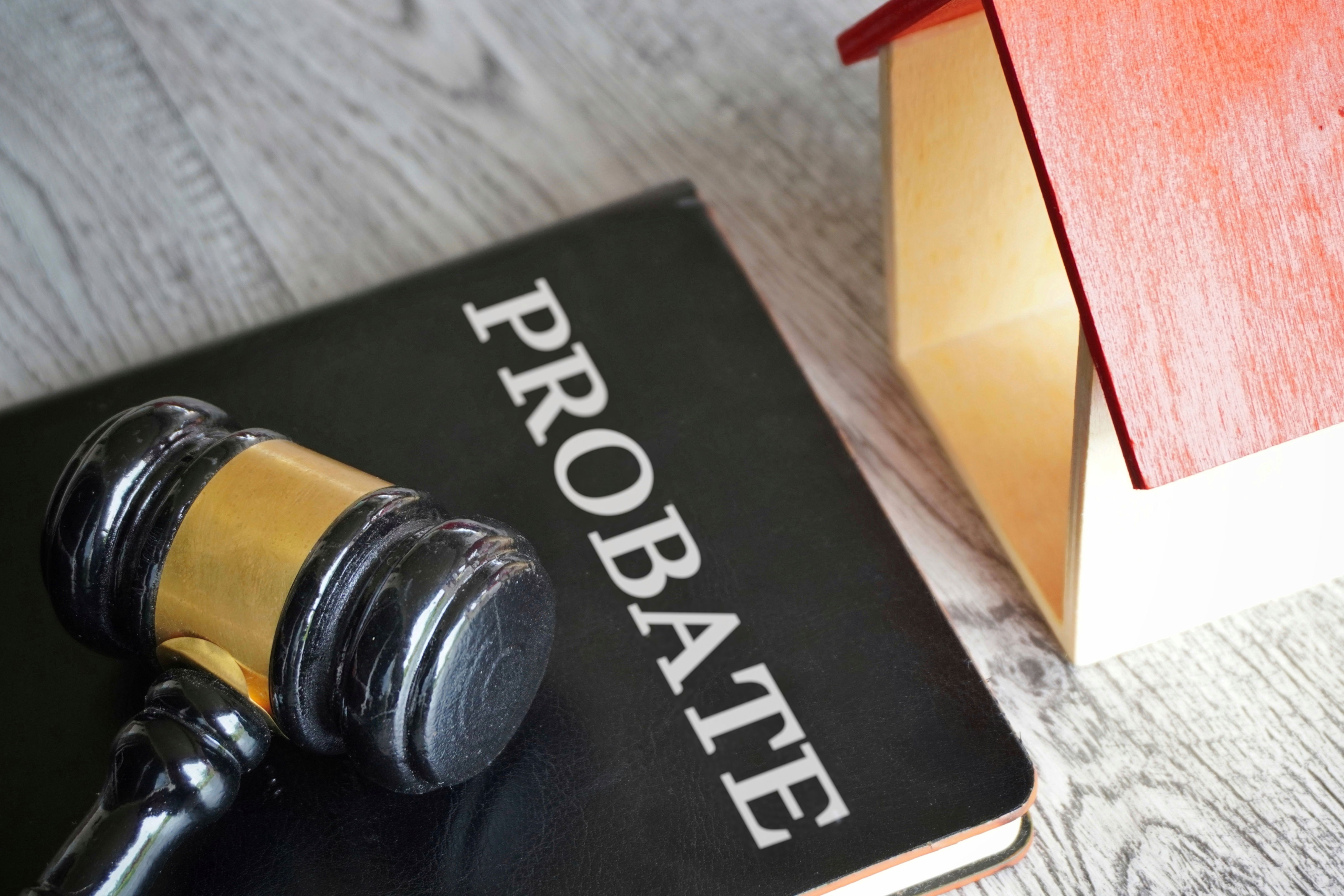Property Life Interest Trust (PLIT) aka (PPT)
Joint Tenants or Tenants in Common?
Considering the point above regarding severance, when considering a PLIT, it is important to distinguish the difference between tenants in common (TiC) and joint beneficial tenants (JBT). The property must be held as tenants in common to enter the trust.

Can the life tenant end the trust sooner?
If the life tenant (Mr) decides to revoke his life interest, he would inform the trustees that he wants the life interest to end, and the share of the home will be distributed to the beneficiaries. However, if the life tenant also owns a share of the property, there is a risk that the children, now owning a share of the property, could attempt to force a sale of the property.10 PLIT Scenarios
1) The survivor wants to know the basics of the process to follow.
Citizens Advice and GOV.UK offer advice;
Upon the first death, 50% of the property goes to trustees for the beneficiaries. The life tenant has the right to reside in the property for life. After probate is granted, the deceased's share of the property is handled in the following order:
- Trustees must meet to accept their roles and confirm their willingness to hold the property in trust.
- Minutes will be prepared for the trustees to sign.
- A Declaration of Trust will be created between the surviving spouse and the trustees.
- The property must then be transferred to the trustees' names with the Land Registry, and a restriction will be placed on the Land Registry Title referring to the Declaration of Trust.

3) The surviving spouse with young children wants to move closer to preferred schools.
The PLIT would outline downsizing provisions, allowing the life tenant to move. The new home would be held on the same terms as the trust, and the trustees would need to approve the purchase of an alternative home. If the surviving spouse wants to move, the trustees can sell the property and use their share of the proceeds to buy a new property for the surviving spouse. The trust's share not used for the new purchase will remain in the trust. For example, if the trust and the survivor jointly own a £200,000 property 50:50 and the survivor wishes to downsize to a £100,000 property, the trust would own 50% of the new property (and invest £50,000 for income), and the survivor will own 50% of the property (and receive £50,000 in cash) Where property is held 50:50, it will always remain as that, in shares, so the share held by the trust passes to the children along with any surplus cash invested from the downsize. The life tenants' share of the property, which they have in their name, along with any money made from the downsize (their 50% of the excess sale proceeds), upon their death, forms part of their estate and passes either by the terms of their own Will or via intestacy.

4) Clients want to protect the property from sideways inheritance but don't want the young children to directly inherit the home as it may be too much for them at a young age. Also, the surviving partner may need financial assistance in the early years.
In short, a PLIT is only a life interest over the property. A Flexible Life Interest Trust (FLIT) gives the life tenant a life interest over the residue (everything left) and allows them to benefit from the capital at the trustee's discretion. The FLIT also allows other beneficiaries to benefit from the capital during the life tenant’s lifetime. On their death, the trust carries on as a discretionary trust to continue to protect assets after the second death. Both trusts provide some protection from other commitments and also sideways disinheritance.
5) Amanda is the sole trustee (other than her father) of a PLIT and Attorney of the Lasting Power Of Attorney (LPA) for her Widower father. The father has chosen a high-quality care home for himself whilst he has mental capacity. He is happy there and wants to stay. Amanda does not need the inheritance and is considering selling the property to fund the choice of care home.
Both trustees can sell the property as long as they have mental capacity. If the father steps down or loses capacity, either a substitute trustee is appointed, if specified in the Will trust, or a second trustee can be appointed just for the sale. A conveyancer can arrange this.

6) A couple wants a PLIT and children to benefit from the Residential Nil Rate Band (RNRB).
If the property goes to the residue and is a discretionary trust, it offers the most flexibility but no protection from IHT and the use of the RNRB. If, instead, it goes directly to direct descendants (including stepchildren), the house would qualify for the RNRB, and the remaining assets can go to the discretionary trust.
7) Mrs owns the property 100% but wants Mr to be a life tenant.
That fine, 100% of the property goes into the trust rather than 50%.
8) Mr and Mrs want to appoint each other and their children as trustees of the PLIT. It is common for a trustee to be a trust beneficiary, although care should be taken to avoid conflict of interest. It is best to appoint an uninterested party as a trustee as well.
9) Mr. and Mrs. are in their mid-fifties and have a PLIT to benefit their children. They want to be able to move home or downsize before one of them dies. They may also want to revoke it by renewing their wills while both are alive and have capacity.
If the clause has been drafted this way, PLITs only take effect on the first death. Therefore, they can move home or downsize if both are alive. The PPT clause in the current Will may set out the current address or “any other main residence,” which essentially means the primary residence at the date of death. However, they must update their Wills if this wording isn’t present. If they no longer want a PLIT, they can renew the Wills to remove this clause before the first death.

10) Mr A. is hesitant to use a PLIT in case he has further disputes with his stepchildren, who are to be the co-trustees and the beneficiaries. He is concerned that his stepchildren will force or prevent the sale of the property.
Trustees can not force or prevent property sale in reasonable circumstances. A paramount clause reiterates that trustees must consider the needs of the Life tenant ahead of the needs of the beneficiaries.

Eventually, Mrs. C enters a new relationship with Mr. V. He is kind, loving, has a good job, and is financially stable—essentially, it all seems perfect. However, he develops a major degenerative disease, which causes him to lose his job and deplete his savings on expensive care. As a result, Mrs. C must dedicate her time and resources to supporting both of them, which impacts her income and drains her savings. Despite the best intentions, the legacy left by Mr. C is now being spent on supporting someone other than his wife and children.
If Mr. and Mrs. C had established a Trust, Mrs C. wouldn't face the dilemma of using the children's inheritance. She could rely on her half of the assets, and any additional funds from the Trust would only be distributed with the agreement of the trustees. This arrangement would provide flexibility, protection, and fairness.
Can the property be sold?
You Choose: A PLIT can include powers allowing the life tenant to downsize and use the sale proceeds to purchase a substitute property for the life tenant to live in. The additional proceeds from the sale can remain in the trust, and the life tenant can be paid an income from this. This can be useful where the life tenant may be unable to look after a large home as they grow older.Are there disadvantages of a PLIT?
The primary disadvantage of a Property Trust is that the survivor loses partial control over the other half of the property. For example, they are unable to withdraw equity and re-mortgaging becomes more complex. Moreover, managing the Trust requires more administration and incurs additional costs compared to owning 100% of the property.
How is a PLIT taxed?
Inheritance TaxThere are no anniversary or exit charges applied.

When is it set up?
The trust would be established upon the death of the first testator. The legal title would then be transferred into the joint names of the surviving spouse (for example) and the trustees.- They can sell and downsize as the PLIT has downsizing provisions or
- A cash loan could be taken out to settle the mortgage.

The article was written with acknowledgement to contributing members of the SWW technical team & WillPack back Office team.


